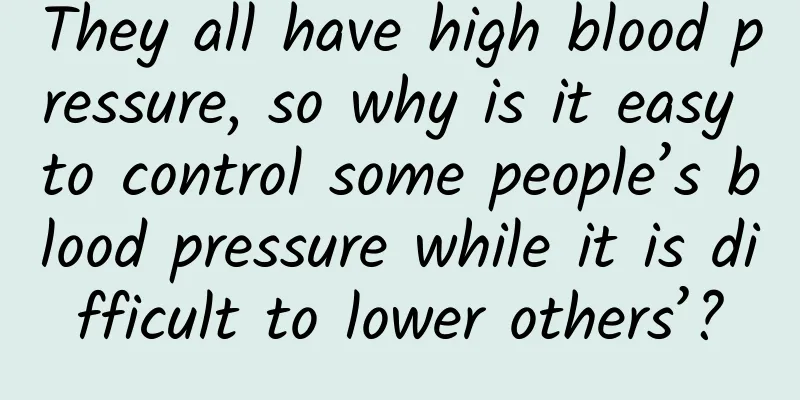What is the cause of mild breast pain?

|
Breast pain is a common problem among women. Of course, if a woman is relatively healthy, she generally will not experience breast pain. Therefore, as long as breast pain occurs, it is necessary to first find out the cause and determine the condition, and then take different treatments and relief methods according to the specific situation. Below, we will introduce to you the common causes of breast pain! 1. Premenstrual breast pain About 2/3 of women experience breast pain or discomfort before menstruation. The entire breast becomes swollen, hard, and tender, and the original granular or nodular feeling becomes more obvious. This is a physiological phenomenon. For most women, the swelling and pain are not serious and can be tolerated; however, a few sensitive women feel unbearable swelling and pain when their breasts are subjected to slight vibrations or collisions. They may even be afraid to walk or dress, and hold their breasts with their hands all day long. This is mainly caused by increased estrogen levels in the body 1 to 2 weeks before menstruation, breast hyperplasia, cell enlargement, and edema of the breast interstitial tissue. After menstruation, estrogen levels drop, the above changes disappear, the breasts become loose and soft, the swelling and pain suddenly disappear, and the next premenstrual symptoms reappear. Generally, there is no need to deal with this. Just keep a cheerful mood and relax mentally. For severe cases, you can pay attention to eating a light diet or take a small amount of diuretics, vitamin B1, vitamin B6, Lutuo Paste or Xiaoyao Powder before menstruation. 2. Breast pain during pregnancy Breasts may feel swollen 40 days after menstruation stops. In severe cases, there may be breast and nipple pain, which may last throughout pregnancy. This is because the placenta and villi secrete large amounts of estrogen, progesterone, and prolactin, which cause breast hyperplasia and breast enlargement. It is also a preparation for breastfeeding and is a physiological phenomenon. As your breasts grow larger, you should promptly change to a wider bra and avoid binding your breasts. If the bloating stops suddenly, it often indicates that the fetus may have died, and you should go to the hospital for examination immediately. 3. Postpartum breast pain Three days after delivery, the breasts become swollen, painful, and hardened, even extending to the accessory breast glands in the armpits, accompanied by low fever. This is mainly due to breast lymph retention, venous congestion and interstitial edema, and obstructed mammary ducts. Generally, the pain will subside after 7 days of delivery when the milk starts to flow smoothly. Methods to prevent and treat postpartum breast pain include: 1. In late pregnancy, squeeze out a small amount of colostrum in the breast to prevent it from being retained in the duct and forming a thrombus, blocking the mammary duct; 2. Breastfeed as soon as possible after delivery; 3. Apply warm compresses to the breasts before breastfeeding and do some gentle massage to promote smooth milk flow; 4. Apply cold compresses to your breasts between feedings to reduce congestion. |
>>: What to do if your breasts are soft
Recommend
What causes diarrhea before menstruation?
The menstrual period is those few days that every...
How long does it take for menstruation to become regular?
When women enter puberty, their bodies will under...
The reason why virgin vaginal discharge turns yellow
Since people now have more intensive contact with...
[Fat Bear Science] @Women! Are women with large breasts more likely to get breast cancer? Can men get breast cancer? You must know these 7 questions
In recent years, the incidence of breast cancer h...
What are the symptoms of miscarriage?
The structure of the female body is very magical,...
What is the meaning of useless feelings? How to deal with useless feelings
How to describe a useless relationship? It means ...
How many months of pregnancy should you check and what should you pay attention to?
How many months of pregnancy should be checked is...
What are the symptoms before pregnancy?
As the due date approaches, a series of signs of ...
What to do about vaginal and vulvar itching?
Itching of the vaginal opening and vulva is usual...
White discharge from the glans clitoris
There is white discharge from the glans clitoris;...
How can women improve their memory?
Once a woman has a child, her memory will decline...
Is it accurate to use pregnancy test sticks at night and what are the precautions?
We can all use pregnancy test sticks to help our ...
What are the benefits of taking emergency contraceptive pills with vitamin C?
Taking birth control pills can prevent signs of u...









